Plagiarism is a serious issue that can have devastating consequences for writers, students, and professionals alike. While most people understand the basic concept of plagiarism, several different types may not be immediately obvious. In this article from ilovephd, we’ll explore the 10 types of plagiarism in 2025, how to avoid them, and why maintaining academic integrity is crucial in today’s digital age.
What is Plagiarism?
When we think of plagiarism, we often picture someone directly copying another person’s work word-for-word. However, plagiarism is a much more complex issue that goes beyond simple copying. It involves using someone else’s ideas, concepts, or words without proper attribution, whether intentionally or not. Plagiarism is the unauthorized use or close imitation of the language and thoughts of another author and the representation of them as one’s original work.
The 10 Types of Plagiarism in 2025 You Need to Know
1. “Clone” – Plagiarism
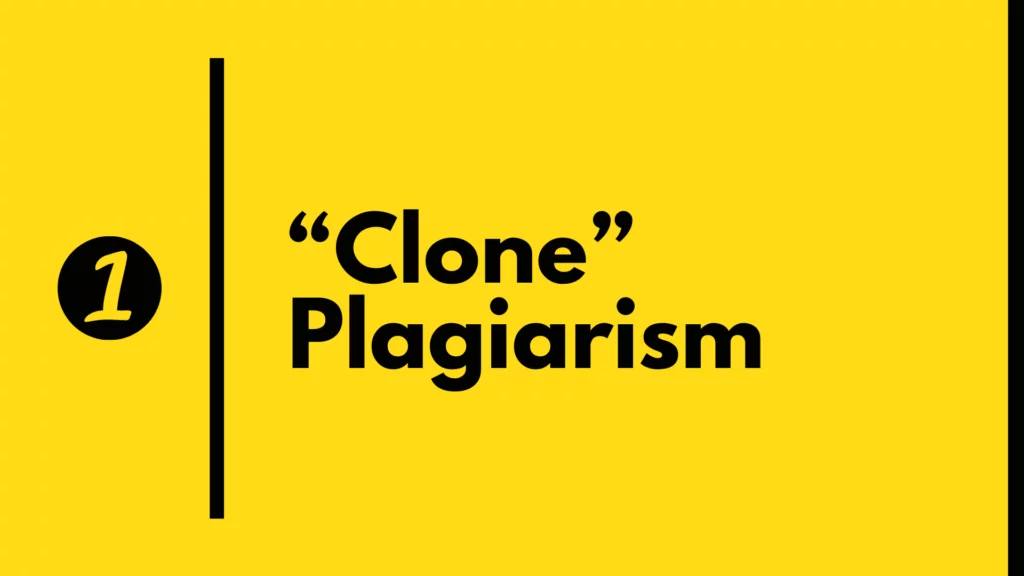
Cloning plagiarism is also called identical copying. In this, one person copies another work (word-for-word) without any change and claims it as his work.
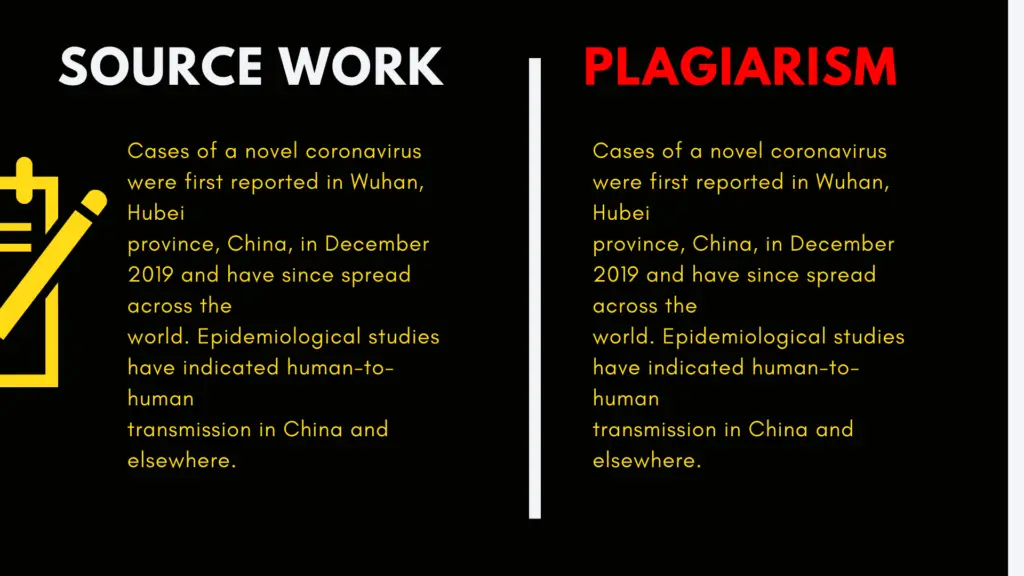
2. “Remix” – Plagiarism
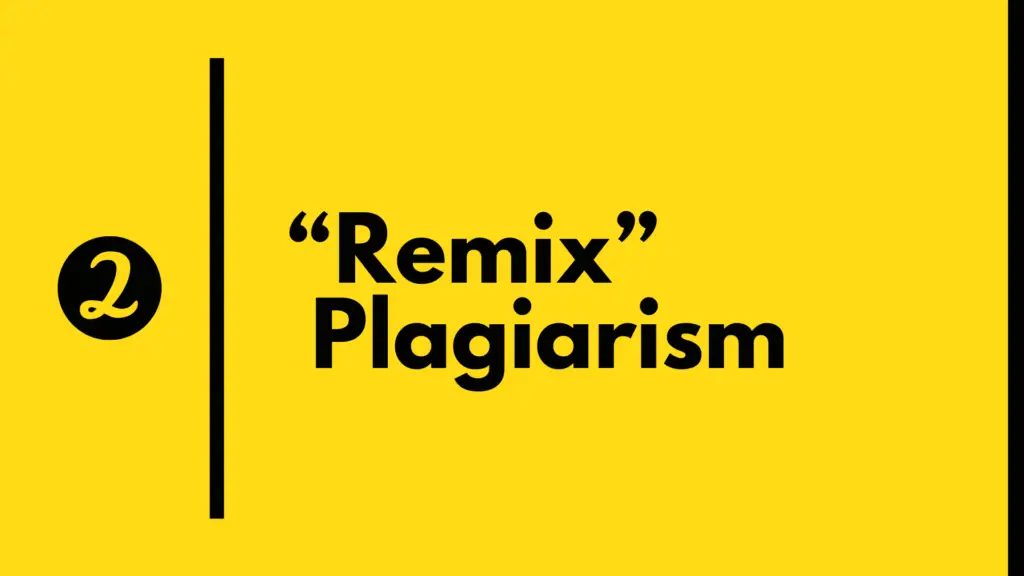
In the remix type of plagiarism, one person collects information from various sources and mix all together as a single document then claims the work as their work.
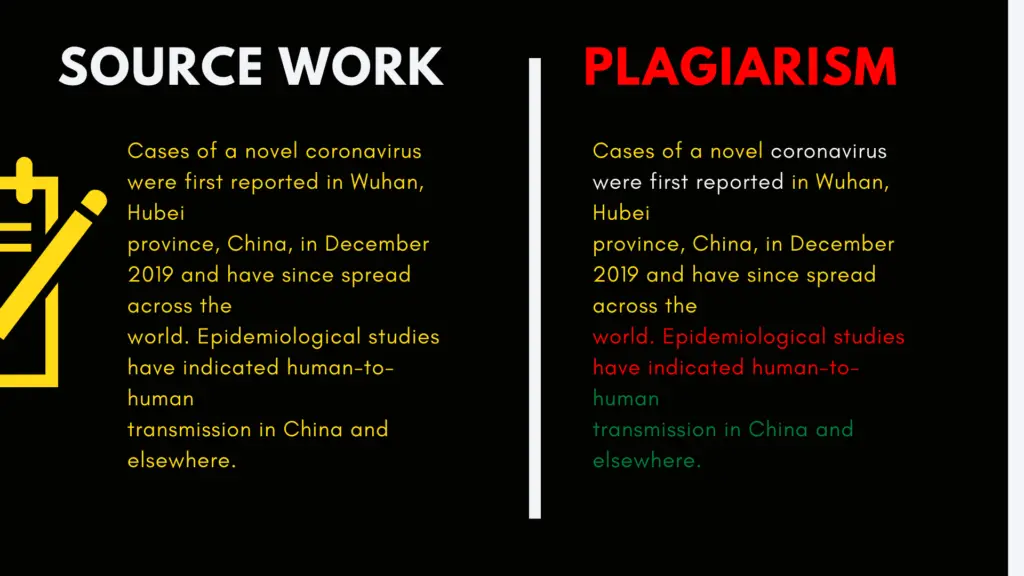
3. “Ctrl+C” – Plagiarism
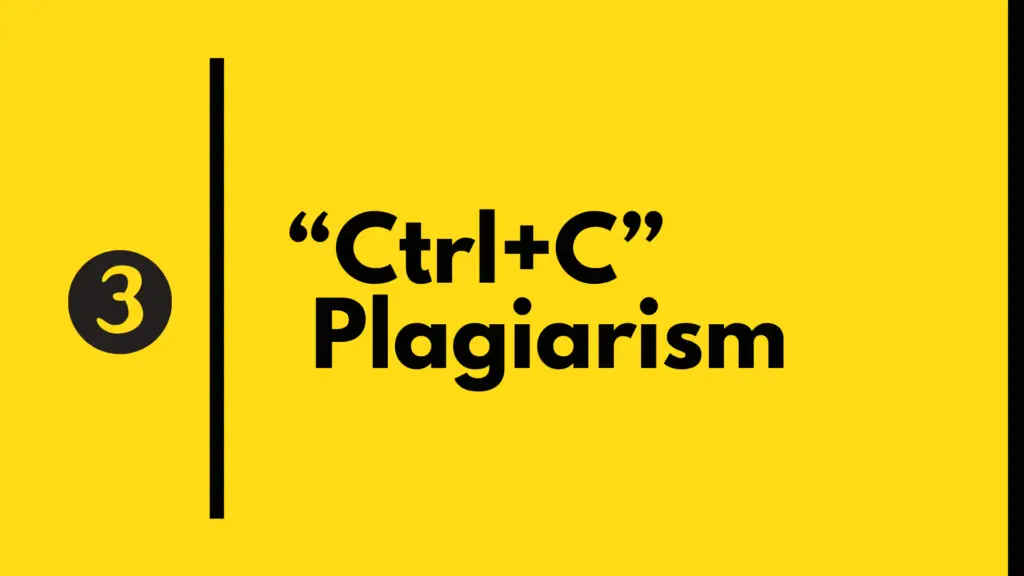
In the written document a significant portion of text is copied from any single source without any alteration then which is called Ctrl+C kind of plagiarism.
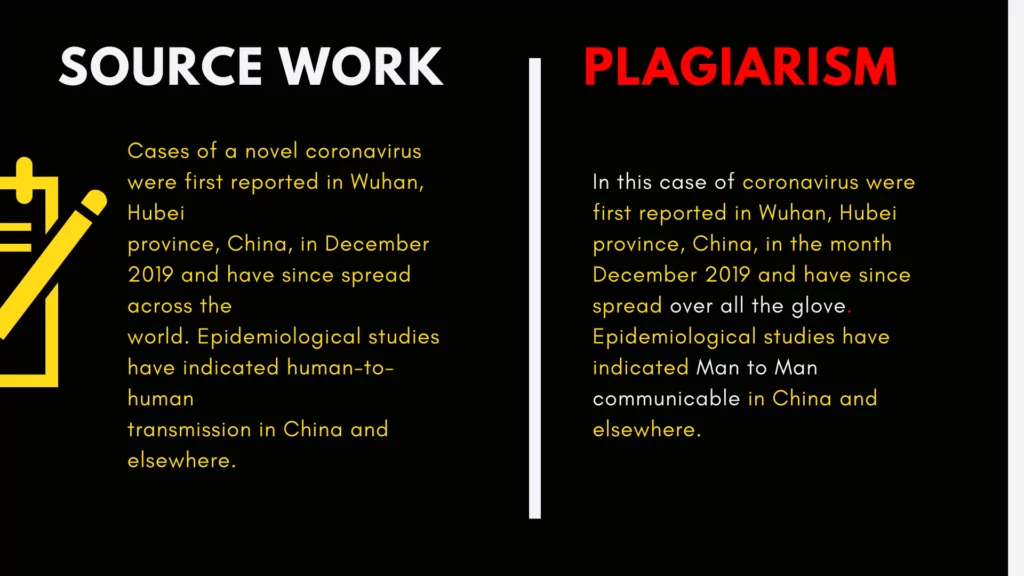
4. “Hybrid” – Plagiarism
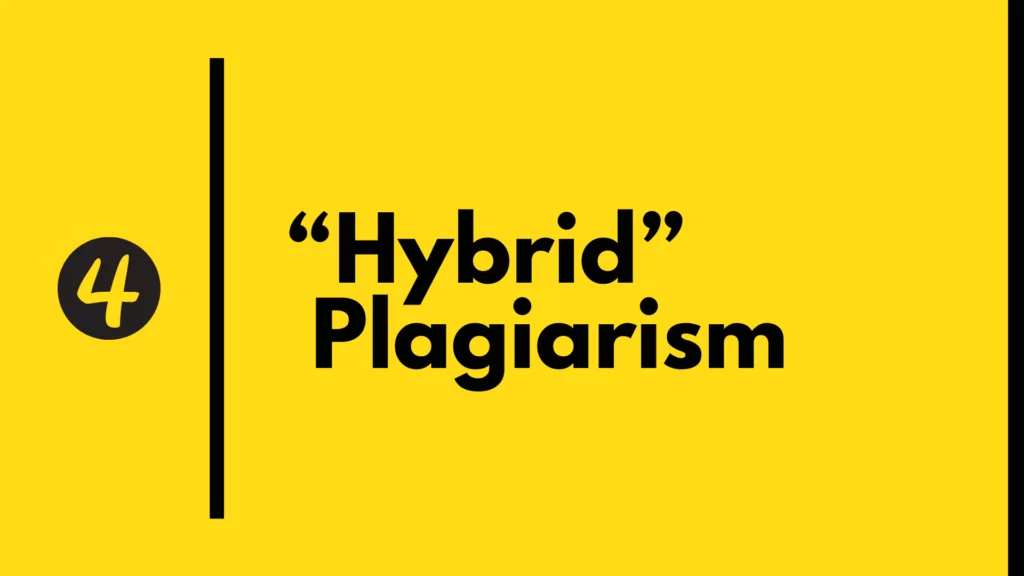
In the hybrid type of plagiarism, Perfectly cited source documents are copied and arranged as a new document without citation.
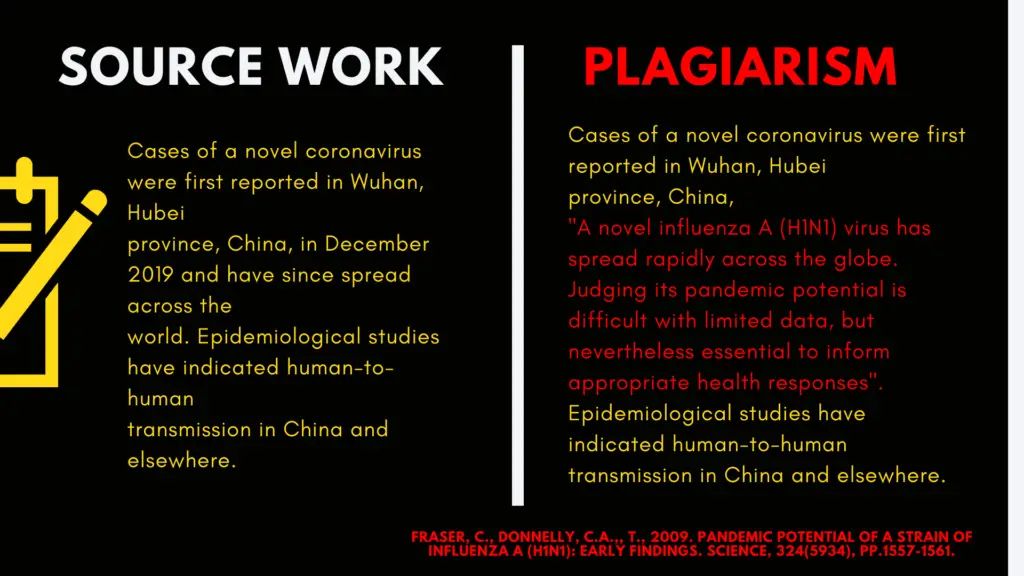
5. “Find-Replace” – Plagiarism
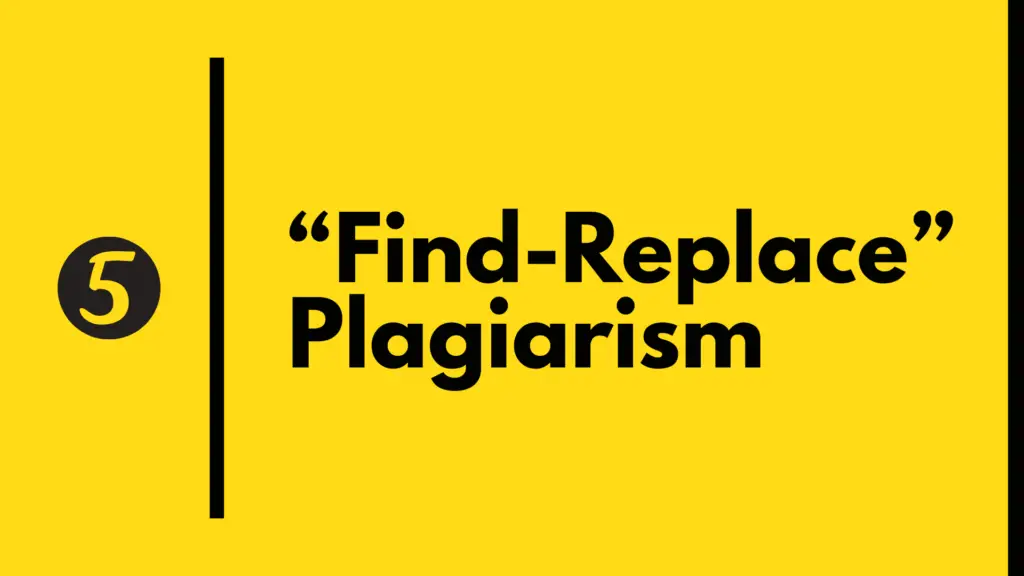
Changing the most common keywords and phrases in the copied content and not making any changes in the essential document is called “Find and Replace” – a kind of plagiarism.
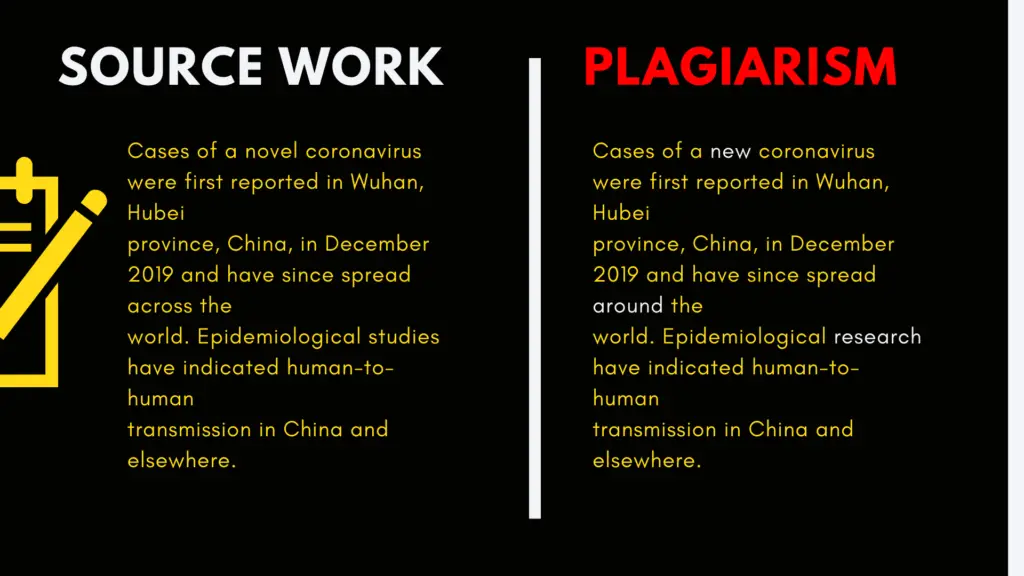
6. “Recycle” – Plagiarism
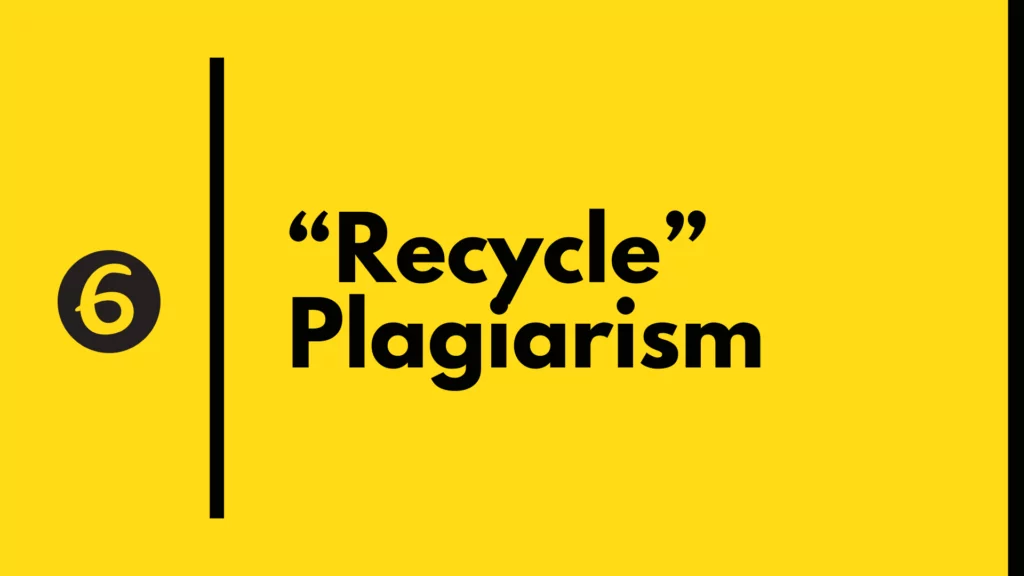
Recycling is also called self-plagiarism. It refers to the act of borrowing from one’s own previous document without a proper citation.
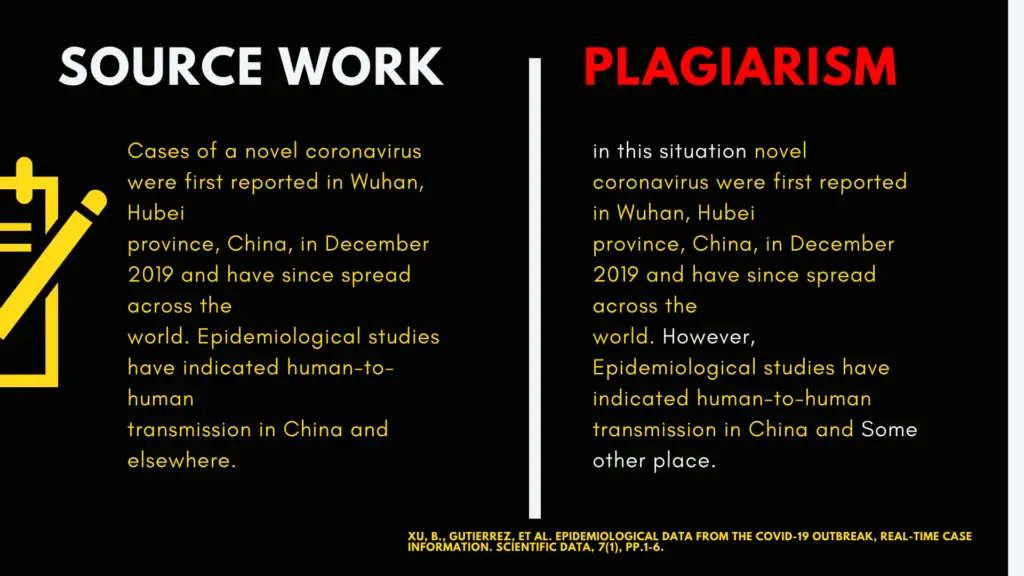
7. “Mashup” – Plagiarism
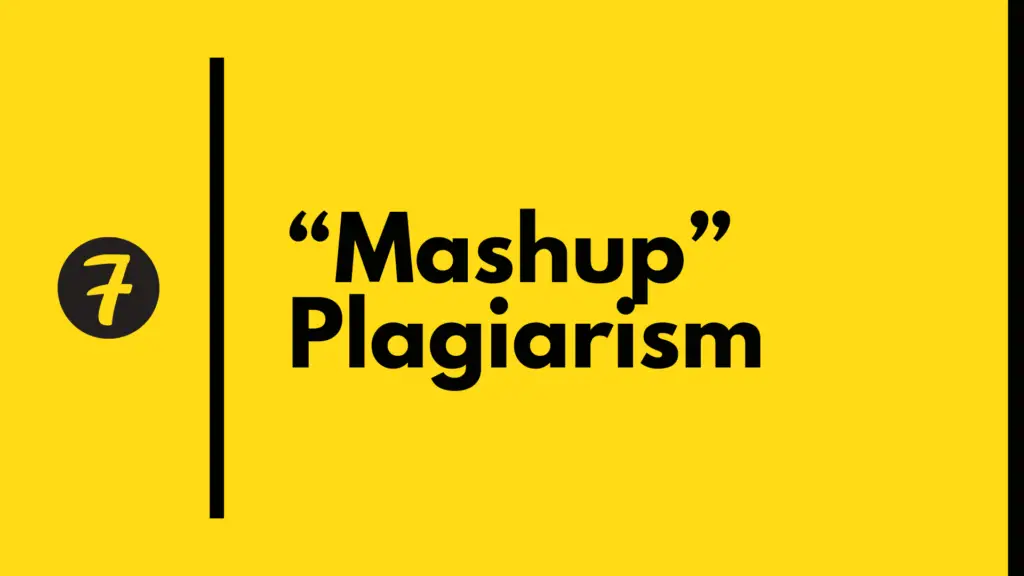
When the written document is copied from more than one source and all are mixed without any proper citation then it is called a mashup kind of plagiarism
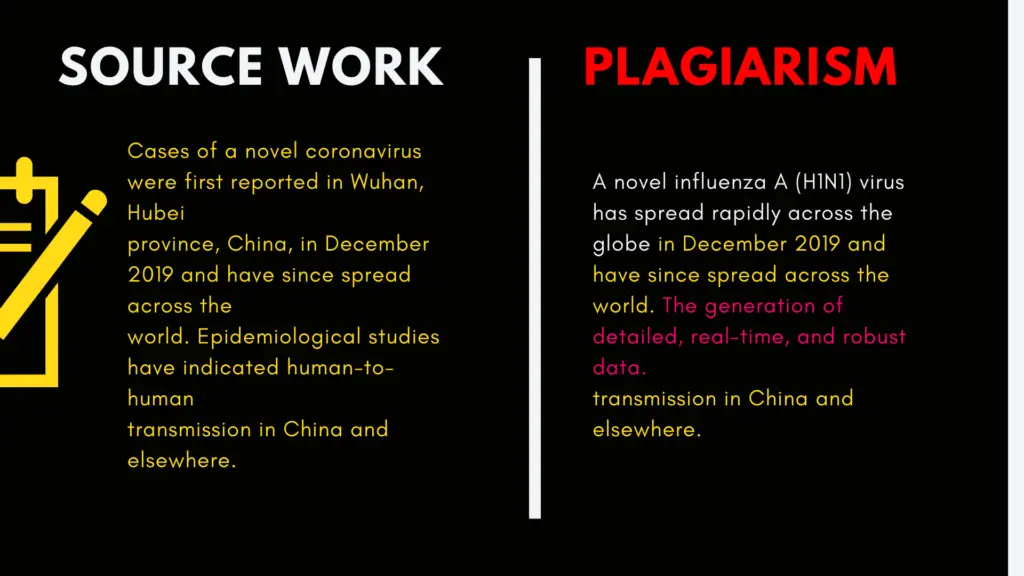
8. “404 Error” – Plagiarism
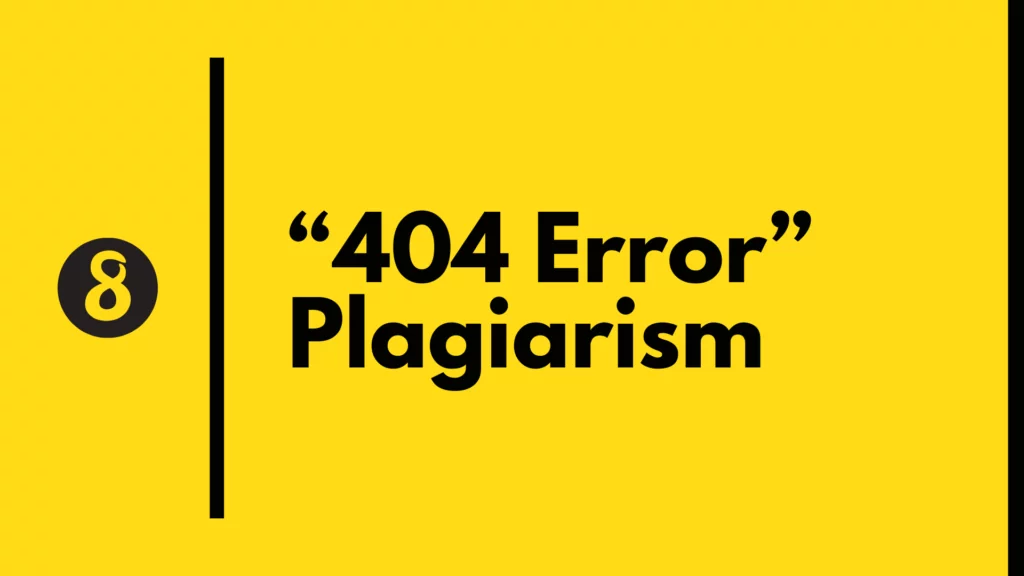
“404 Error” – plagiarism is the eighth most important type. In this, a person creates a document by copying from various sources and prepare as a single document with citations. but if the citation is inaccurate or it will lead to non-existing resources then it will be called 404 types of plagiarism.
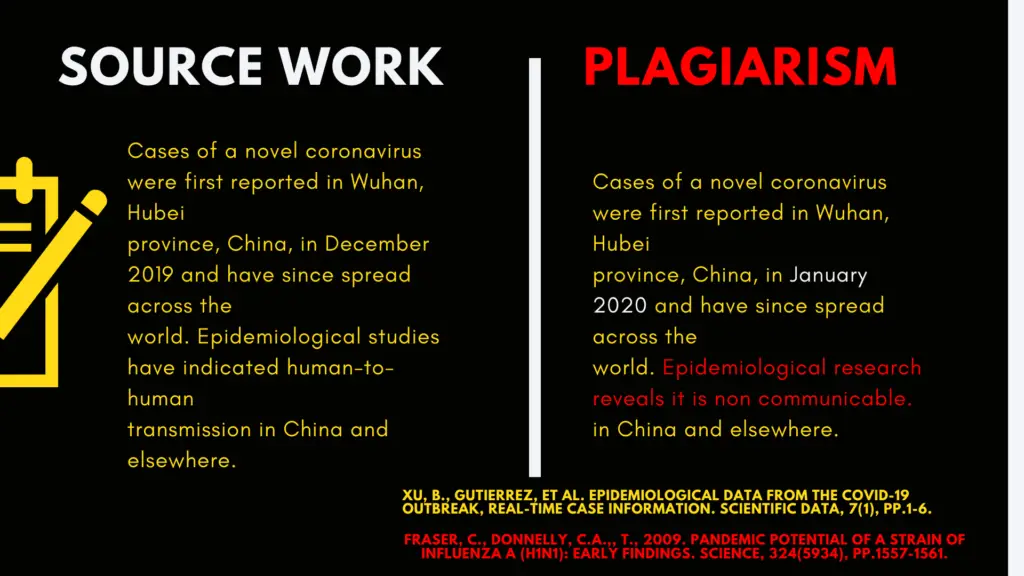
9. “Aggregator” – Plagiarism
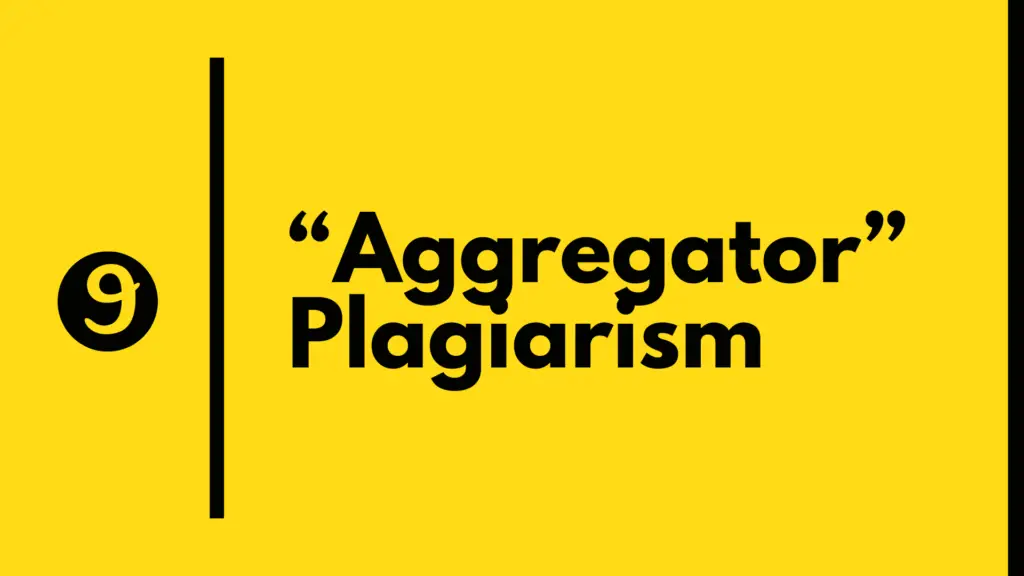
In this type of plagiarism, the written document includes all the proper citations but it does not contain original work then it is called aggregator plagiarism.
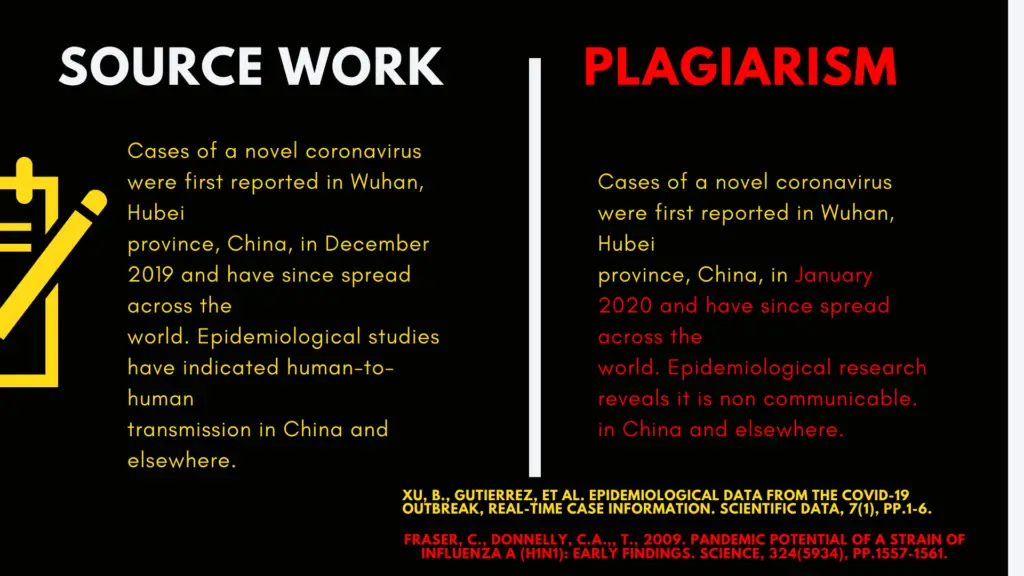
10. “Re-Tweet” – Plagiarism
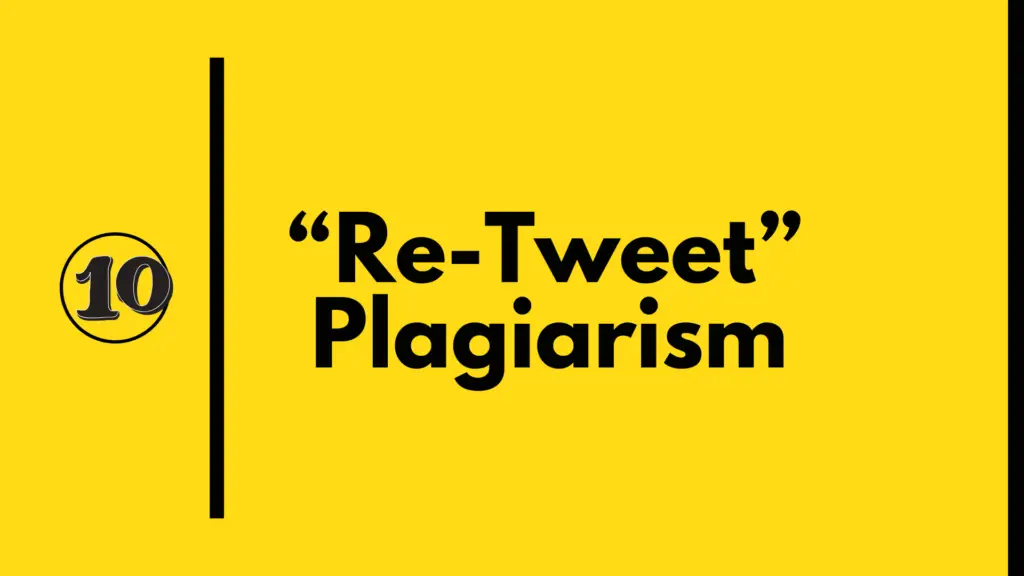
If all the written document seems perfect with properly cited marks but still the document resembles somewhere the original text’s structure or wordings then it is called Re-Tweet plagiarism.
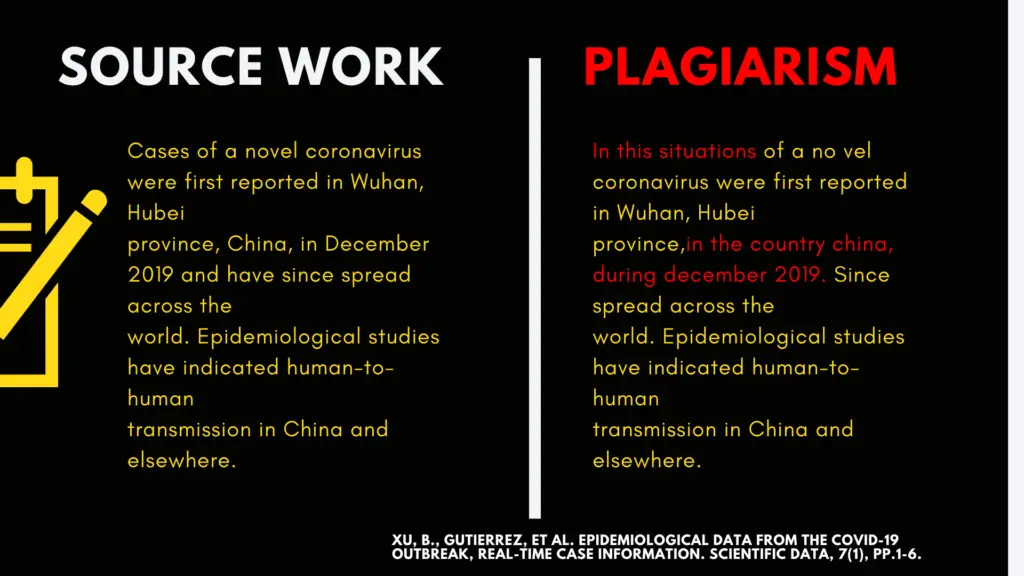
The Consequences of Plagiarism
Plagiarism isn’t just ethically wrong; it can have serious repercussions:
- Academic penalties: From failing grades to expulsion from school
- Professional consequences: Loss of job, damaged reputation, legal action
- Personal impact: Loss of credibility and trust
Tips to Avoid Plagiarism
- Read and understand the original document several times before start explaining about it.
- Do not copy any word or
sentence from the original document.
- Give proper citations to all the sources(Books, journals, Websites, videos, and so on).
- In case of citing online sources, Include the accessed date and appropriate URL in the reference.
- Common phrases and definitions need to be quoted and cited without any modification.
- Make a practice to include the “references” section whenever writing an academic document.
- Cross-verify all your citations before submitting your document.
- Finally, take a plagiarism report from any one of the famous plagiarism software to ensure the originality of the written document.
The Importance of Academic Integrity
Maintaining academic integrity goes beyond avoiding plagiarism. It’s about honesty, respect for others’ work, and personal growth. By doing your own work and properly attributing others, you’re not just following rules – you’re developing critical thinking skills and contributing to the academic community.
According to a study by the International Center for Academic Integrity, about 68% of undergraduate students admit to some form of cheating on written assignments or tests (https://academicintegrity.org/statistics/). This statistic highlights the urgent need for better education on plagiarism and academic integrity.
Conclusion
Understanding the various types of plagiarism is crucial for any writer, student, or professional. By familiarizing yourself with these forms and practicing good citation habits, you can protect your academic and professional reputation while contributing ethically to your field.
Remember, originality doesn’t mean you can’t build on others’ ideas – it means giving credit where it’s due and adding your unique perspective to the conversation.
I hope this will help academic writers to know about the 10 common types of plagiarism and their severity.
Video: 10 Types of Plagiarism
Watch this video for more detailed information
5 Tips To Avoid Plagiarism

Follow ilovephd on Pinterest
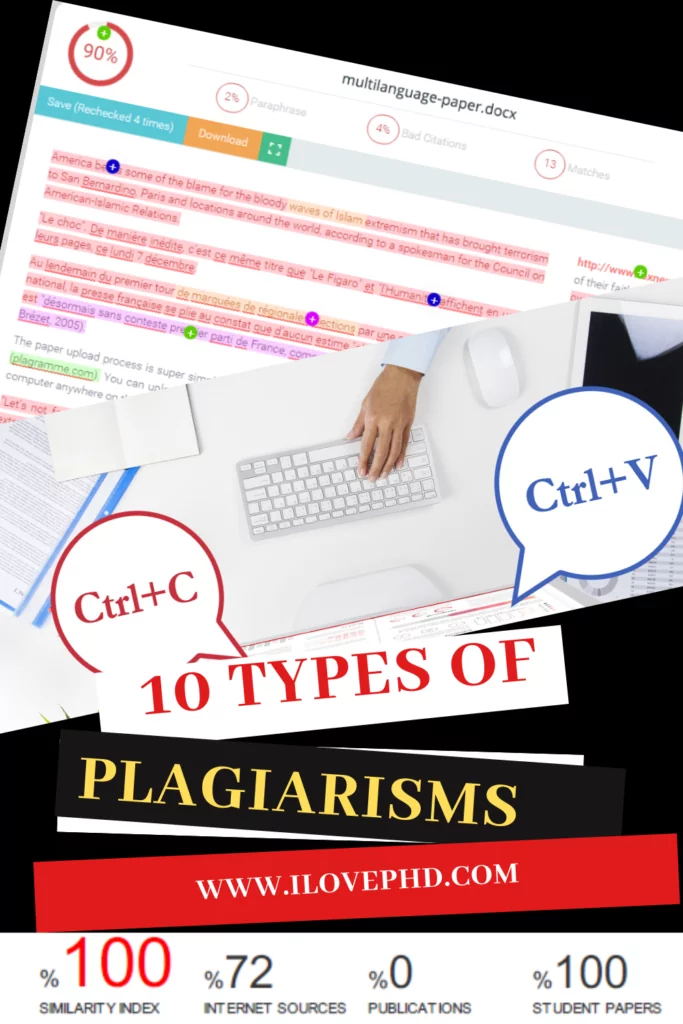
Courtesy: Turnitin.com
10 Ideas to avoid Plagiarism?
1. Cite your sources.
2. Use direct quotes sparingly.
3. Paraphrase instead of quoting.
4. Use your own words.
5. Don't copy and paste from the internet.
6. Don't plagiarize from your own previous work.
7. Keep track of the sources you consult.
8. Take good notes.
9. Give credit where it's due.
10. Check your work for plagiarism.
Why Plagiarism is a Bad Idea?
There are many reasons why plagiarism is a bad idea. Here are some of the most important ones:
1. It is dishonest.
2. It is a form of cheating.
3. It can lead to academic penalties, including expulsion from school.
4. It can damage your reputation.
5. It can lead to legal penalties, including fines and jail time.
Also Read:10 Best Free Plagiarism Checker Online
Here are 20 Common FAQs about plagiarism:
Frequently Asked Questions About Plagiarism
1. What is plagiarism?
Plagiarism is the act of using someone else’s words, ideas, or work without proper attribution or permission, presenting it as your original content.
2. Is accidental plagiarism still considered plagiarism?
Yes, even unintentional plagiarism is still considered plagiarism. It’s important to always cite your sources properly to avoid accidental plagiarism.
3. What are the consequences of plagiarism in academia?
Consequences can range from failing the assignment to expulsion from the institution, depending on the severity and frequency of the offense.
4. How can I avoid plagiarism?
To avoid plagiarism, always cite your sources, use quotation marks for direct quotes, paraphrase carefully, and keep track of your research sources.
5. Is it plagiarism if I change a few words in a quote?
Yes, simply changing a few words in a quote without proper citation is still considered plagiarism. You must either quote directly with citation or paraphrase completely in your own words.
6. What’s the difference between paraphrasing and plagiarism?
Paraphrasing involves restating an idea in your own words while giving credit to the source. Plagiarism occurs when you use the idea without attribution.
7. Are facts considered plagiarism?
Generally, widely known facts are not considered plagiarism. However, if the fact is not common knowledge or comes from a specific source, it should be cited.
8. Can images be plagiarized?
Yes, using images without permission or proper attribution is a form of plagiarism. Always credit the source of any images you use.
9. What is the best way to cite sources?
The best citation method depends on your field of study. Common styles include APA, MLA, and Chicago. Always follow the guidelines provided by your institution or publisher.
10. Is it plagiarism if I buy an essay online?
Yes, submitting an essay you purchased online as your own work is a form of plagiarism known as contract cheating.
11. How do plagiarism detection tools work?
These tools compare submitted work against databases of existing content, highlighting matching text and potential instances of plagiarism.
12. Can I use ideas from a source if I put them in my own words?
Yes, but you must still cite the source of the original idea, even if you’re expressing it in your own words.
13. What is common knowledge in terms of plagiarism?
Common knowledge typically includes facts that are widely known and can be found in many sources. These generally don’t require citation, but when in doubt, it’s better to cite.
14. How much do I need to change a text to avoid plagiarism?
There’s no set percentage. The key is to completely rewrite the idea in your own words and structure, while still citing the source.
15. Is it plagiarism if I translate a text from another language?
Yes, translating text without citing the source is still considered plagiarism.
16. Can plagiarism occur in coding or programming?
Yes, using code written by someone else without permission or attribution is a form of plagiarism in computer science.
17. What should I do if I accidentally plagiarize?
If you realize you’ve accidentally plagiarized, inform your instructor or editor immediately and correct the issue as soon as possible.
18. Is it plagiarism if I use an AI writing tool?
Using AI-generated content without disclosure or attribution can be considered a form of plagiarism. Always check your institution’s policies on AI use.
19. How long does plagiarism stay on your record?
This varies by institution, but academic misconduct like plagiarism can potentially remain on your record indefinitely, affecting future academic and career opportunities.
20. Can you plagiarize yourself?
Yes, self-plagiarism is a form of academic dishonesty where you reuse your own previously published work without citing it.
Sources:
- https://www.plagiarism.org
- https://owl.purdue.edu
- https://www.turnitin.com/
- https://www.aje.com/
- https://libguides.mit.edu/
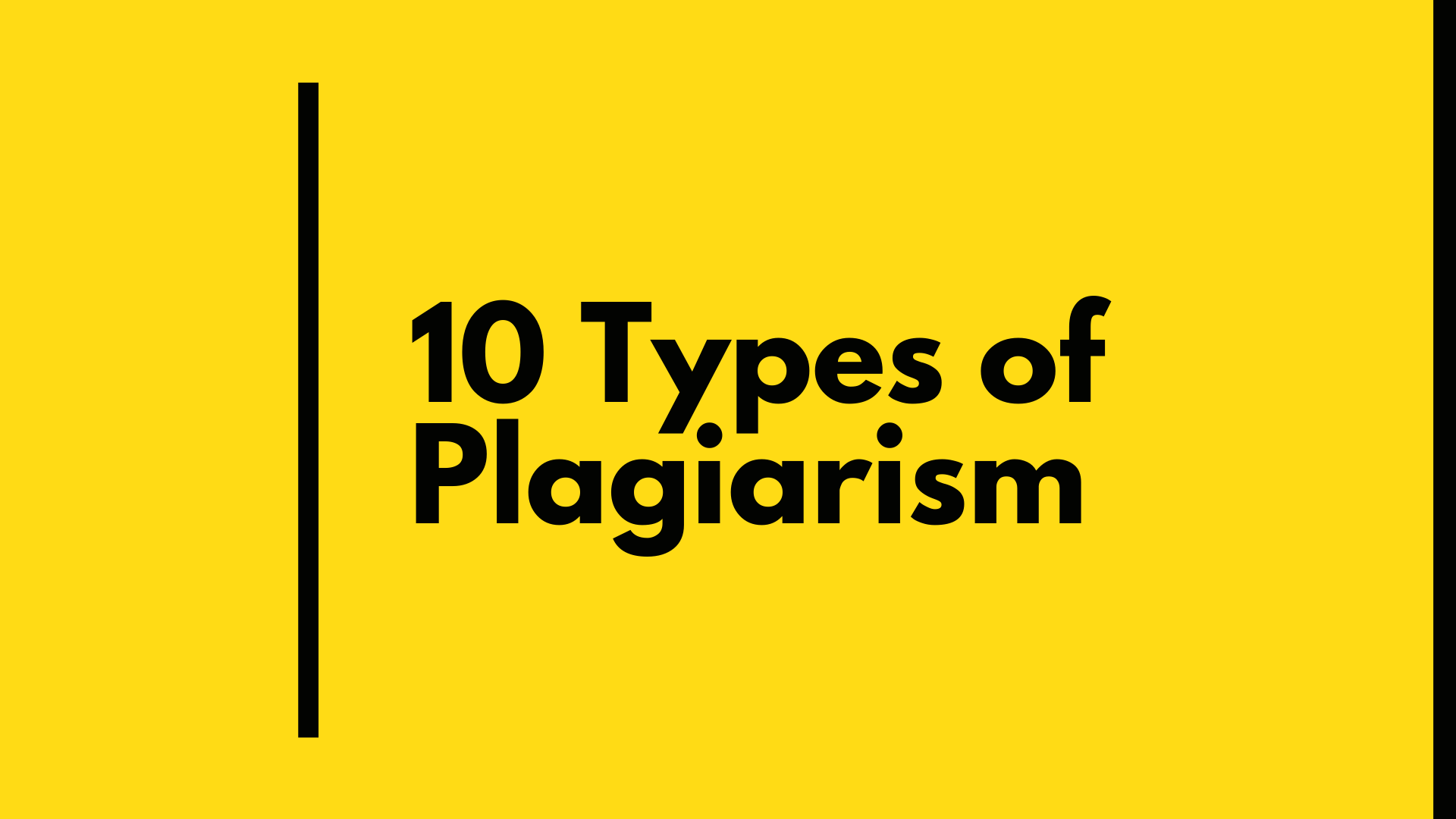

[…] Ethics: Fake journals do not consider research ethics. […]
[…] tools are very important before submitting your thesis. In this article, ilovephd provides the 10 free plagiarism checker tools available online for your thesis […]
very very useful for upcoming researchers and students.
[…] their research paper or dissertation. The famous plagiarism checking tool Turnitin classifying the plagiarisms into 10 common types before generating the report. But avoiding plagiarism and effective paraphrasing of own ideas will […]
[…] Plagiarism in all its forms constitutes unethical publishing behaviour and is unacceptable. […]
[…] Plagiarism: […]
[…] Ilovephd – 10 types […]
[…] of same work again and again with little modification, rephrasing, remixing, hybrid mixing, mashup, 404-Error, Find-Replace and copying without citation are also included in the category of the plagiarism. The […]
[…] plagiarised work form academics do not acquire any credibility or value in the evaluation of academic promotions, […]
[…] Plagiarism […]